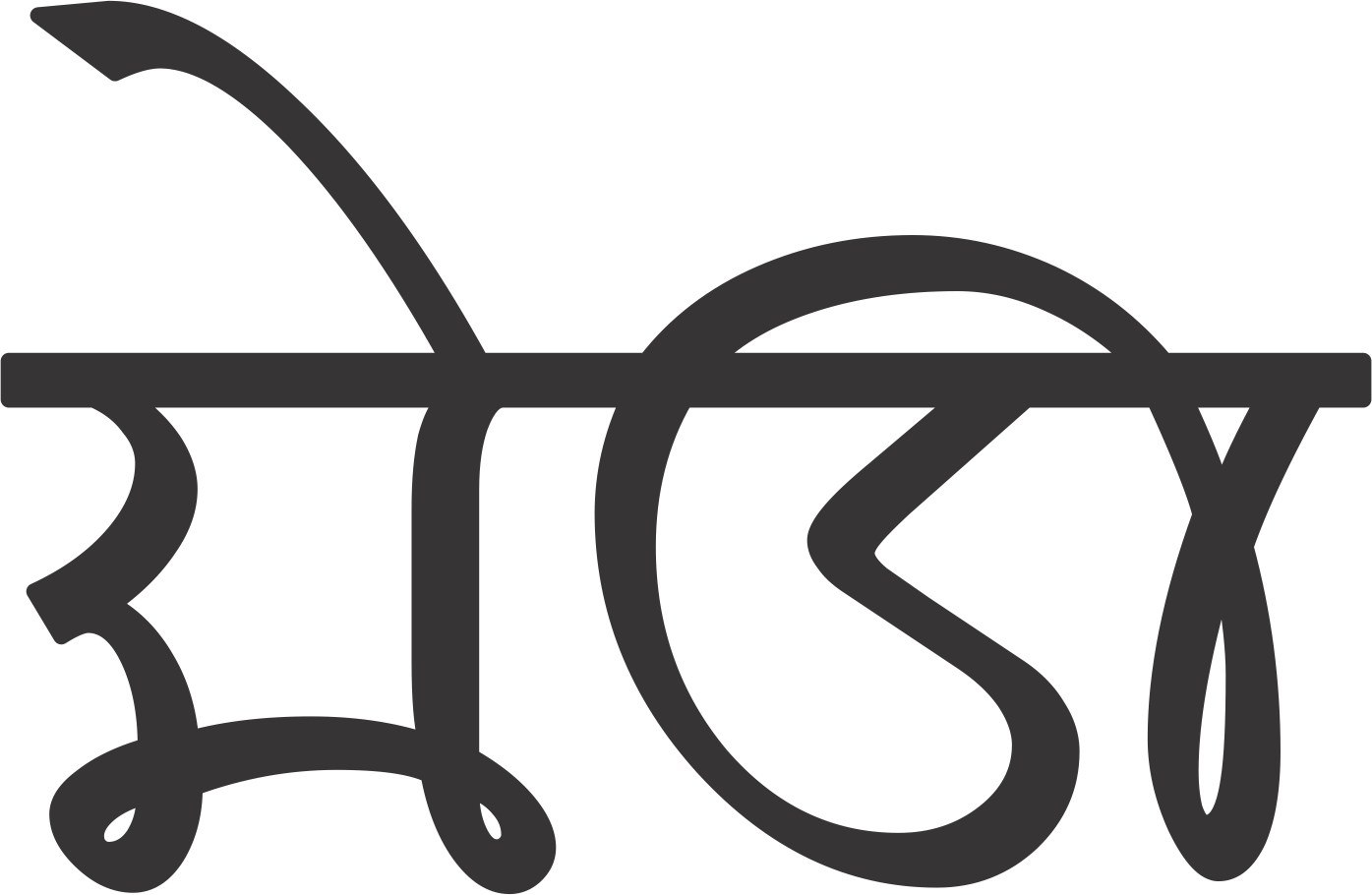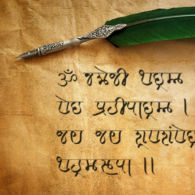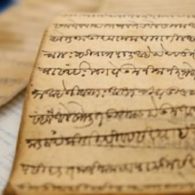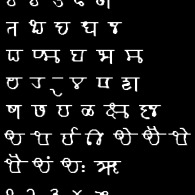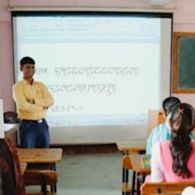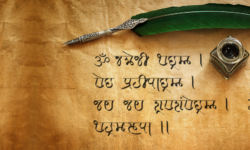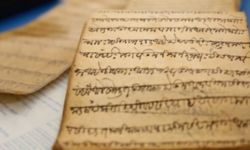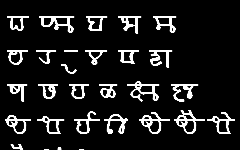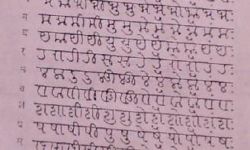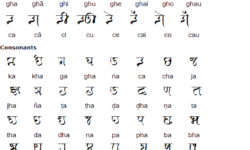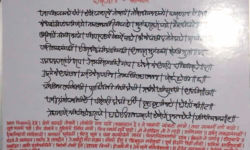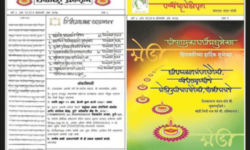Profile
Sometimes, the sheer weight of history can drag a script back from the edge of extinction.The Modi, or Mudiya, script is some 700 years old (there are not only theories but even subtheories about its date and manner of origin), and for much of that time was the primary script used to write Marathi, the primary language of the state of Maharashtra.
It was even used for other regional languages such as Hindi, Gujarati, Kannada, Konkani, Persian, Tamil, and Telugu — yet it became a casualty in the perennial battle between linguistic uniformity and linguistic pluralism. In part, it was about the British desire for the administrative convenience of using a single script throughout British India; in part it was about the British fear of nationalist efforts in western India; in part it was a fear of regionalism and fragmentation under the new nationalist independent republic. The outcome was that in the 1950s the Devanagari script replaced Modi as the officially sanctioned script for Marathi, and the use of Modi nosedived.
“With its diminished use,” one archivist explained, “it gradually lost its popularity till it became almost extinct.”
Yet it was the archives that in time asserted Modi’s importance.
“There are thousands of Modi documents preserved in South Asia and Europe,” wrote Anshuman Pandey in his proposal to include Modi in Unicode. “The majority of these are in various archives in Maharashtra, while smaller collections are kept in Denmark and other countries, owing to the presence of these Europeans in Tanjore, Pondicherry, and other regions in South Asia through the 19th century. The earliest extant Modi document is dated to the early 17th century. While the majority of Modi documents are official letters, land records, and other administrative documents, the script was also used in education, journalism, and other routine activities before the 1950s.”
In short, the collective cultural identity of Maharashtra was encoded in Modi, and Modi needed to be encoded for it to be rediscovered, studied, and shared. And to digitize Modi, researchers and digital font developers had to learn Modi.
Will digitization serve only to make historic documents accessible, or will it revive Modi to the point where it is put to everyday use to write Marathi?
As with even the most robust revival efforts, there are no guarantees. Instead, we’re left looking for individual signs and guessing whether they are portents.
Professor Madhav Deshpande told us, “As far as I know, there are no large-scale governmental or private efforts to revive the use of the Modi script for normal writing. The efforts I am aware of are intended to maintain access to the premodern documents. Such documents are preserved in state and private archives in large numbers, and one cannot write any historical account of pre-modern Maharashtra without being able to read these documents.”
On the other hand, in 2017 the Indian Express reported that Vasundhara Vrutta, the only newspaper published in the Modi script, would undergo a radical transformation: thanks to a font developed by the Centre for Development of Advanced Computing, the monthly Pune-based newspaper, would, for the first time in its four-year history, be printed. Every issue until then had been written by hand.
You can help support our research, education and advocacy work. Please consider making a donation today.
Links
General Script, Language, and Culture Resources
- Omniglot
- Wikipedia
- Unicode (PDF)
- Modi Script Training Video
- Modi Script Tools
- Article for Modi Mobile App
- Ancient Scripts Modi
- Scriptsource
- Modi Script Practice Book
- Modi Lipi Books
- The Death of a Script
- Facebook page of Navinkumar Mali
- Twitter page of Navinkumar Mali
- YouTube page of Navinkumar Mali
- Website of Navinkumar Mali
